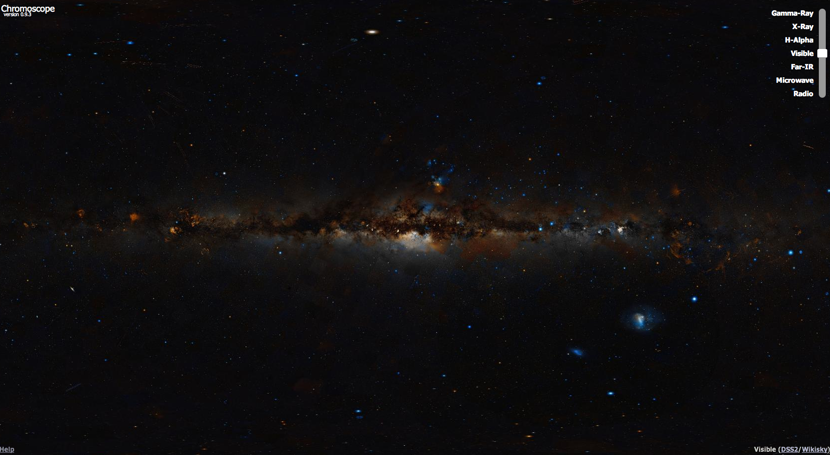Here’s Dr Michael de Podesta of the National Physical Laboratory on the science of mobile phones. A video of a lecture, which is unsuitable for showing in class in its entirety, but invaluable for non-specialists teaching Physics at KS4 and for us specialists who could do with refreshing our own knowledge. You could also borrow some of his ideas for presenting in your own lessons. This video would also be an excellent resource for students looking at mobile phone safety for their GCSE Science case study. Are mobile phones safe?… Read more Are mobile phones safe? →

This link came through on one of the physics teaching mailing lists I’m subscribed to (thank you, Helen Reynolds – your description of it is perfect). It’s a chromoscope that… Read more “Pretty and Useful” →
This is one for you if you’re feeling a little lazy. You could do this demo and explain the science yourself… or you can let Dr Andrea Sella of the UCL Chemistry Department explain why things appear “white”. Suitable for anyone teaching the electromagnetic spectrum or “properties of light” at KS3 or KS4. (Warning: the first few seconds of the video are deliberately meant to show a blank white screen).
I imagine every school in the country has got at least one copy of An Inconvenient Truth lying around somewhere, but, in my opinion, there are better free films out there for teachers wanting some kind of video resource to help teach about climate change. An Inconvenient Truth is just too long for use in class and, frankly, just too boring. Al Gore’s film is worthy but dull and really only suitable for use if you’ve not bothered to plan your lesson or if you want to send a particularly… Read more An Inconvenient Truth – Al Gore’s film is not very good. →
Skin colour matters to our students. As much as we’d like to pretend otherwise, it’s still something that plays a big role in how they define each other and how they define themselves. I’ve found that my students are fascinated by the brief discussion we have about skin colour when looking at melanin in the P2 unit of the 21st Century Science course. It’s refreshing for them to take a scientific look at the issue and it’s definitely one of the “relevant” bits of the course that actually makes an… Read more The Science of Skin →
